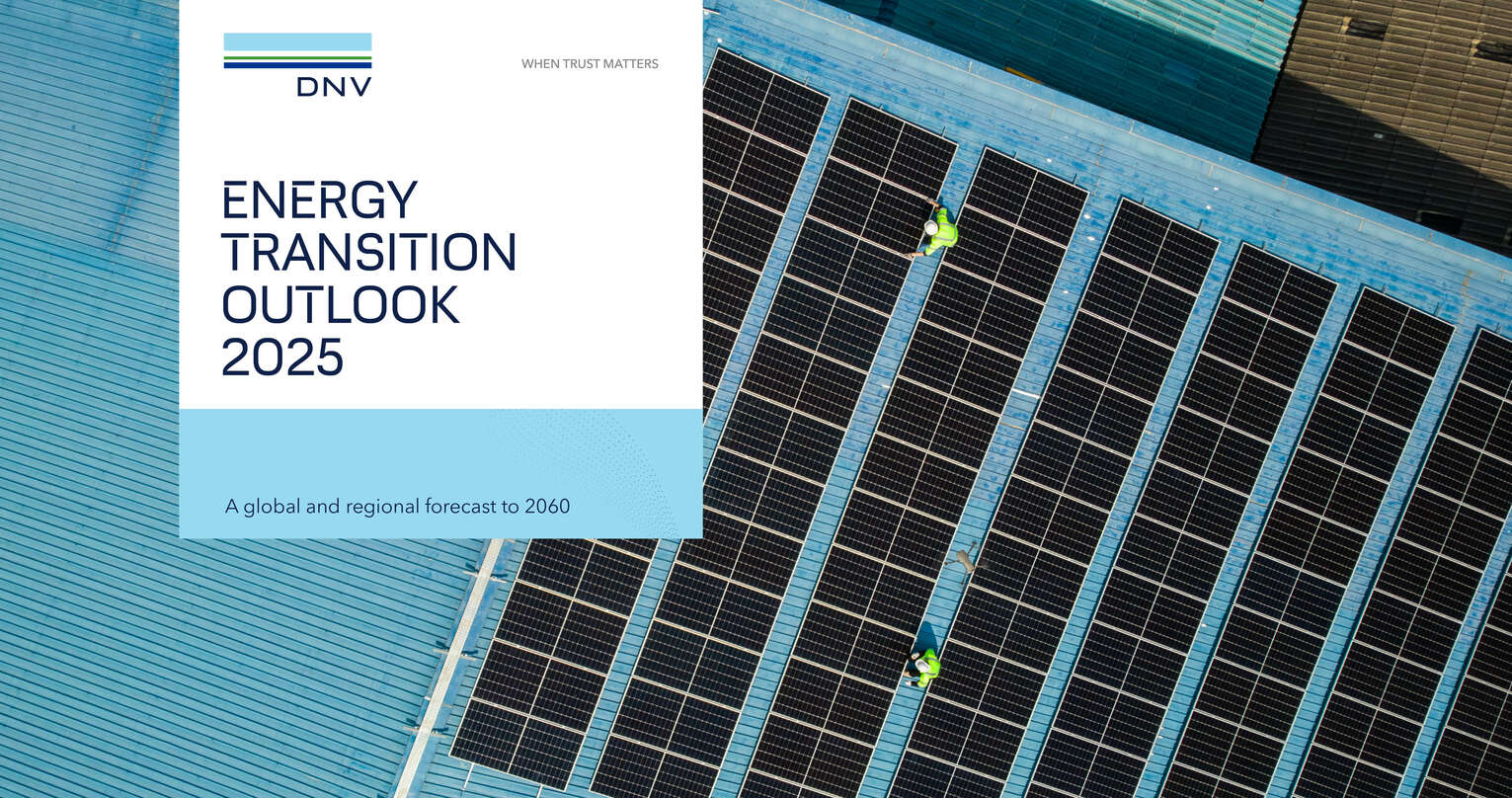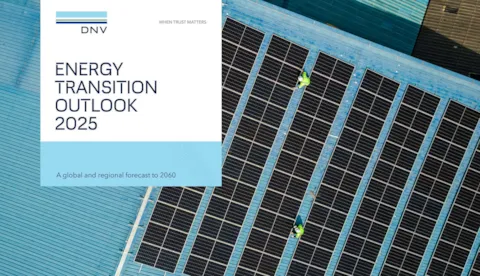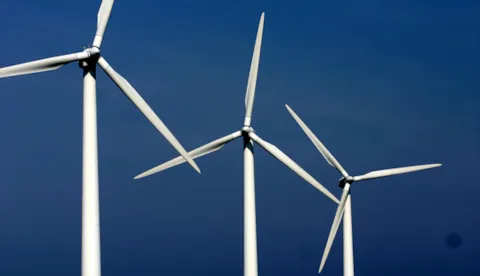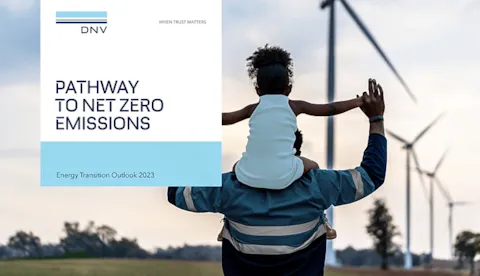
Global Energy Transition Outlook 2025
Explore our flagship report: A global and regional forecast of the energy mix, supply, and demand to 2060
Global report
 Explore our flagship report: A forecast of the global and regional energy mix, supply, and demand to 2060.
Explore our flagship report: A forecast of the global and regional energy mix, supply, and demand to 2060.
Focus reports
Explore our dedicated reports on the technologies, systems, and industries shaping – and being shaped by – the energy transition.
Country reports
Explore our series of national deep-dives, each detailing our most-likely forecast of the energy transition in a specific country.

Energy Transition Outlook 2025
Explore our flagship report: A global and regional forecast of the energy mix, supply, and demand to 2060.

About the Energy Transition Outlook
Learn more about the model and the forecasters behind our reports.

Pathway to Net Zero Emissions
While our Energy Transition Outlook reports are a forecast of the most likely future, the Pathway to Net Zero is our blueprint for achieving net zero and limiting global warming to 1.5 degrees.